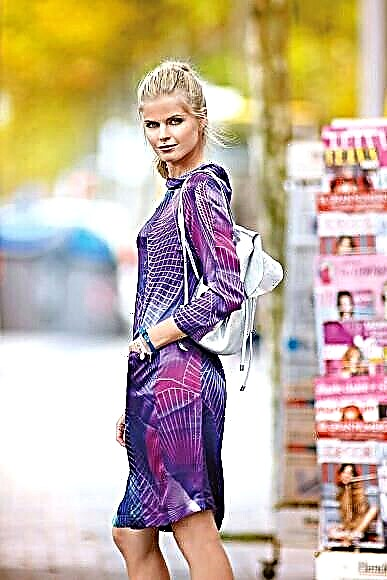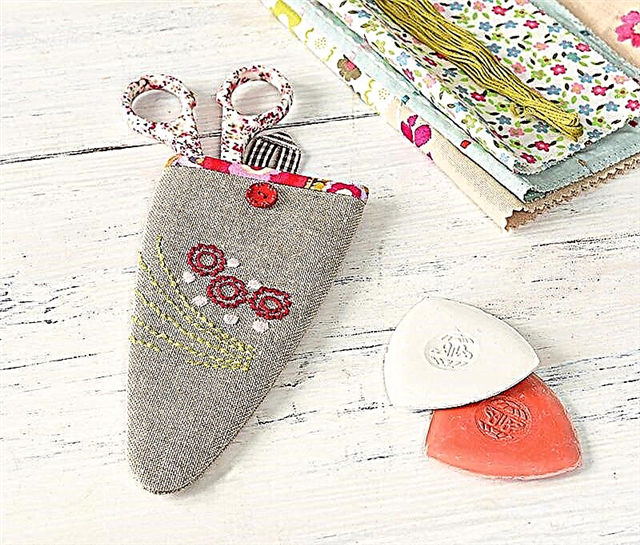This amazing fabric at one time was a real discovery in the world of textiles. Cupro was even called copper-ammonia silk.

Outwardly, cupro is very similar to natural silk, although it is a type of viscose.
How to determine real silk or fake?
Cupro is a type of artificial fabric with copper-ammonia fibers, which are obtained from the natural polymer of pure cellulose.
This amazing material has been made since 1918 chemically from natural raw materials of wood and cotton, more precisely the fibers that cover the cotton seeds.
Like cellulose fiber, cupro-fiber is used in weaving and knitting for the manufacture of fabrics.
Tensel - Eucalyptus Silk Cloth
Cupro Properties
Cupro has a number of excellent properties that allow it to be classified as high-quality materials:
Куп cupro has a smooth and even surface;
✽ on the front side, the fabric boasts a delicate, iridescent silky sheen, creating an unusual illusion of volume;
✽ absorbs moisture well and allows air to pass through;
✽ the fabric is dense, heavy;
✽ cupro drapes well;
✽ cupro products are very pleasant and comfortable to the body;
✽ the fabric is durable, but this property is reduced in the wet state, like any viscose;
✽ cupro retains color well for a long time;
✽ the fabric is durable;
✽ unlike viscose, cupro is resistant to shrinkage and does not crease so much.
What kind of viscose fabric: features of care and work with the material
Cupro care

fabric photo: @ tkani.andreana
The cupro care is unpretentious fabric, but at the same time it has some features:
✽ Cupro items are washed manually or in a washing machine in the delicate washing mode at a temperature of no higher than 40 degrees.
✽ It is better to refuse spinning and let the product drain naturally.
✽ Dry items sewn from cupro when unfolded or on a hanger. On the product dried on a conventional dryer, traces of excesses will remain.
✽ Cupro is ironed from the wrong side. It is important to remember that in the places of seams and bending of the product during WTO, lasas can be formed, which are visible from the front side. The creases on the fabric are ironed without difficulty.
Question price: why so expensive?
The high cost of cupro is directly related to the method of its production. The fact is that in order for the fabric fibers to be soft and smooth, copper is used to process the raw materials, or rather copper chemical compounds that can harm the environment. In order not to violate environmental standards, production facilities must be provided with special cleaning systems that meet high requirements, and this is not so cheap. Accordingly, all these costs increase the cost of the finished fabric.
By the way, the name of the fabric is also associated with the method of its production: cupro from English "cupro" - means copper.
Alpaca is a priceless gift of nature
Cupro and products from it
Most often, copper-ammonia fibers are added to viscose, cotton and wool. This increases the strength of the listed materials and gives the fabrics a noble shine.
But monofabric, consisting only of dome fibers, is often found on sale today.
Cupro is used for tailoring evening and everyday dresses, elegant suits, skirts, trousers, blouses, and also as a lining fabric.
Cupro fabrics are also great for interior decoration and decor.
From personal experience
My first sewing experience was with lining cupro. The fabric is thin, delicate, more suitable for products of the costume group. For a coat, a lining cupro is good to use, coupled with a heater, when there is a need to make a quilted lining yourself.
How to make a quilted lining
But just cupro fabric, in my opinion, is ideal for trousers.And it’s best to sew free models from it:
✂ fashionable "bananas", wide marlels, cargo or culottes.
- Best-seller
- Special offer

- 1
- 2
- 3
- 4
- Special offer

- 1
- 2
- 3
- 4
- Special offer

- 1
- 2
- 3
- 4
Supermodel length: 15 patterns of culottes
I chose precisely the culottes, thus continuing my acquaintance with this unusual fabric.
- Special offer

- 1
- 2
- 3
- 4
✂ The fabric is very malleable. It is easy to cut, and the fabric layers do not move relative to each other, so the pattern did not even have to be pinned. It is enough to lay on top of the pattern any object that plays the role of a weighting agent, for example, I used a book.
✂ I used a soapbox for marking, but the tailor's chalk also does an excellent job of this.
✂ Sharp scissors and a ruler for marking allowances provided the ideal cutting of parts.
✂ Tissues cut off, but not too actively. Overlock processing solves this problem in two ways.
✂ Needles No. 70 or 80 are suitable for sewing.
✂ I recommend using only thin sewing needles and thin tailor pins to wring or chipping parts.

✂ Remove the mark carefully, as traces remain from punctures. Especially punctures will be noticeable if you have to open the seam. It is worth noting that the punctures almost disappear after the WTO.
✂ Iron all seams, tucks and double parts carefully to avoid weaving on the front of the product.
Author and photo: Julia Dekanova; fabric photo: @ tkani.andreana



